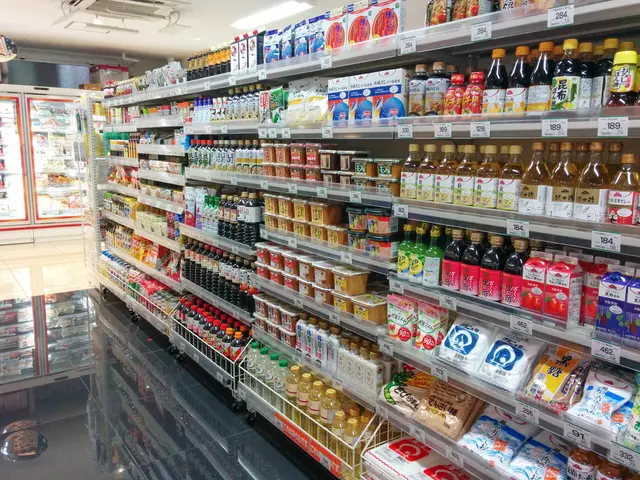China's Hyperloop Revolution: Entering a New Age of Rapid Transportation
**China's Hyperloop Prototype: A Game-Changer in Transportation and Economy**
China has made a significant leap forward in transportation technology with the successful testing of its Hyperloop-like maglev prototype. This revolutionary system, operating in a low-pressure environment, promises faster travel, sustainability, and efficiency compared to traditional means of transport.
The Hyperloop concept, initially proposed by Elon Musk, involves passenger pods traveling through near-vacuum tubes at unprecedented speeds, relying on magnetic levitation and linear electric motors. China's prototype, boasting a top speed comparable to commercial jetliners, reaches velocities upwards of 600 miles per hour (approximately 965 kilometers per hour).
Economically, the Hyperloop holds great potential. The greatly increased speed of passenger and cargo transport can dramatically improve logistics efficiency, reducing travel times and costs. This enhancement could accelerate regional economic development and urbanization, integrating regional economies and fostering the growth of urban centers along ultra-fast corridors.
Moreover, China plans to incorporate such vacuum train technology into the “Eurasia” corridor and other transcontinental routes, potentially revolutionizing logistics and trade flows in these regions. This could strengthen China’s economic influence across Eurasia and cement its leadership in high-speed rail technology globally.
Technologically, China has overtaken Japan’s previous maglev speed record, positioning itself to set new standards in the global railway and transport technology market. This success enhances China’s credibility and competitive edge in exporting advanced high-speed rail technologies and infrastructure projects internationally.
Environmentally, the Hyperloop system has a low carbon footprint compared to conventional transportation, reducing CO2 emissions by an estimated 3–4%. This aligns with China's goals of lowering greenhouse gas emissions and combating pollution. However, the construction of vacuum or low-pressure tunnels requires careful environmental management to minimize impacts during tunneling and infrastructure deployment.
Internationally, China's advancements in Hyperloop technology may rebalance transportation power dynamics, challenging traditional leaders like Japan in maglev technology and potentially outpacing prior U.S. Hyperloop initiatives. This signifies a shift in global transportation innovation leadership towards China.
The deployment of ultra-high-speed vacuum train lines could deepen China’s geopolitical influence through infrastructure investments, fostering closer economic integration with partner countries and expanding its sphere of influence. This strategy, often referred to as infrastructure diplomacy, could be further cemented by integrating Hyperloop systems into China's Belt and Road Initiative (BRI).
In conclusion, China's Hyperloop-like maglev prototype marks another milestone in the nation's quest for innovation in high-speed transportation technology. Offering a sustainable alternative to air travel, reducing carbon emissions associated with traditional aviation, and promising accelerated economic development and urban integration, this technology could revolutionize international travel and transport logistics.
- The innovation of Hyperloop technology in China, demonstrated by the successful testing of the maglev prototype, could shift global leadership in transportation innovation away from traditional leaders.
- The lower carbon footprint of Hyperloop systems, as evidenced in China's prototype, aligns with its goals of combating climate change and reducing emissions, particularly in the transportation sector.
- The incorporation of Hyperloop technology into transcontinental routes, as planned by China, could leverage data-and-cloud-computing systems to optimize logistics and trade flows, thereby enhancing its economic influence across Eurasia.
- The Hyperloop system's potential to reduce travel times and costs, as a result of increased speed and efficiency, could stimulate education-and-self-development opportunities by making it easier for individuals to access resources and opportunities in distant locations.
- Supporting research in various aspects of Hyperloop technology, including environmental management, materials science, and engineering, could foster technological advancements and create new opportunities for collaboration among nations, promoting a culture of innovation and knowledge-sharing in the realm of general-news and technological development.




